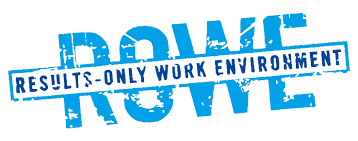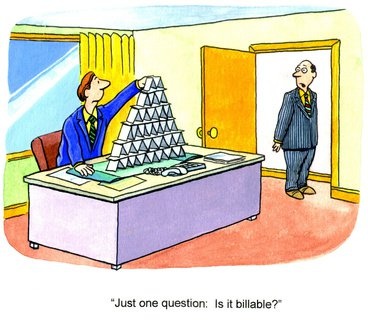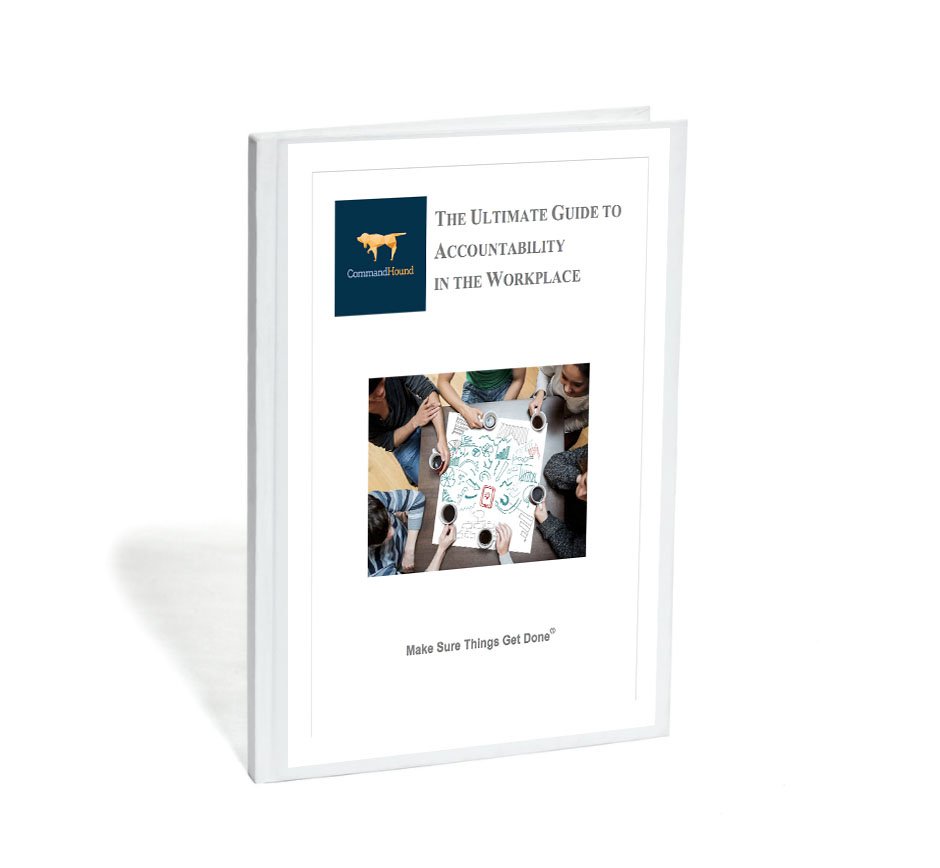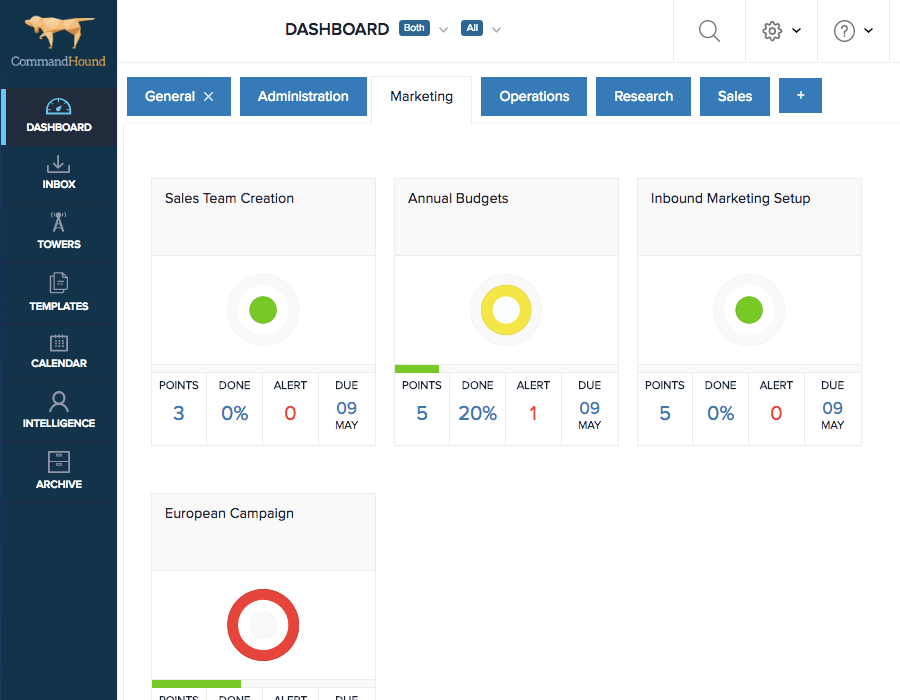Managing the Results-Oriented Work Environment through Accountability
Back in the day, I had a work colleague who, if she left the office before 6pm, would leave a cardigan draped over the back of her chair, and her office light on so that it would appear that she only had left her desk momentarily, perhaps to get coffee, but would be working late into the night.
We all knew that the boss was watching us and watching the clock — monitoring who came in late and left early. Time was money, and our time belonged to the company.

Time Versus Results
Was the boss correct in thinking that spending more hours at the office increased our productivity? Current thinking suggests that the answer is no.
The salary-for-time model made us really good at looking busy for ten to twelve hours a day. It likely decreased the quality of our work as we stressed about neglecting our spouses and children.
It made us less healthy, as we could tell ourselves that we simply didn’t have time to exercise or to shop for and prepare healthy meals. A slice of pizza at your desk counts as dinner, right?
Many of us burned out and changed careers because the lifestyle was not sustainable. None of this was good for the company’s bottom line.
The Results Only Work Environment (ROWE)
The realization that more hours worked does not necessarily lead to more productivity led Jody Thompson and Cali Ressler, HR executives at Best Buy in the early 2000s, to created the human management strategy called a Results Only Work Environment.
They published their approach in a 2008 book titled “Why Work Sucks and How to Fix It.”
ROWE, an evolution of the flexible work hours idea that companies have tried to implement for decades with mixed results, is a salary-for-output model.
Employees are not evaluated by how much time they spend in the office or how many hours they work in a week. They are given complete autonomy over their work with the freedom to choose when and how they will meet their goals.
If the defined goals are met, no matter from where or at what time, the employee gets paid. But if the goals are not met, they get coached or replaced.

The Challenges
ROWE makes even more sense in 2017 as communication technology has evolved to a point where 24/7 communication is possible between team members, clients, and management, and work easily can be accomplished from home, from Starbucks, or from Timbuktu.
But does it work for every company? Let’s take a look at some pros and cons
Pros
- Employees have control over their work schedule.
- Employees take less time off because they can work around family obligations, appointments and illnesses.
- Team members are healthier and have less work-related stress.
- Increased job satisfaction leads to reduction in turnover, reducing hiring and on boarding costs.
- Less physical office space is required as work is accomplished from other venues.
- Energy usage and commuting expenses are reduced.
- Management is able to spend more time on high level work instead of on micromanagement of team members.
Cons
- There are some workers — such as those in retail and service — who need to be at a specific location.
- New or inexperienced employees may need more guidance and support.
- Team members who cannot self-motivate may not thrive in this situation.
- ROWE workplaces can be a challenge to manage because of the difficulty in communicating with team members working different schedules and in different physical locations.
The Key Concepts and Technologies
Accountability
Accountability is the key to managing a ROWE workplace. Total team member autonomy only works with total and transparent accountability. There are many case studies, best practices, and frameworks on how to drive results in an organization.
All of them agree that a strong sense of accountability is required for ROWE.
Learn more by downloading our Ultimate Guide to Accountability in the Workplace here:

CommandHound
CommandHound is a tool which has been designed from the ground up to drive accountability to make sure things get done. CommandHound ensures that each stakeholder is accountable for their specific processes and tasks by keeping individual scorecards of on time completion. These scorecards can in turn be used at performance review time.

CommandHound’s Dashboard highlights implementation areas needing attention
With a heightened sense of accountability, you can begin to roll out a ROWE with better sense that things are getting done.
